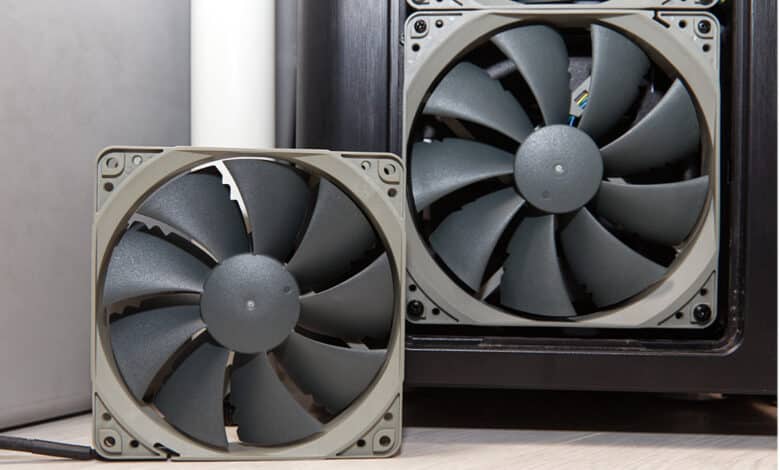
Noctua’s NF-P fans have been around since 2007 and have been instrumental in the high popularity and confidence in the quality of Noctua fans. Back then, these fans set new standards in terms of quietness and performance. And I myself own a set of Noctua NF-P12s here from 2010 that still work perfectly. But the development does not stand still. Not only has the competition caught up, but Noctua has also launched new models. However, the Noctua NF-P models have been kept alive as cheaper redux versions. In our Noctua NF-P redux fan review, we take a look at how these fans fare against the successor models, whether there are any performance disadvantages compared to the original models, and what the competition has to offer. For this, we take a look at both the 120mm version and the 140mm model.
Specifications
Noctua NF-P fans come in a variety of sizes and rotation speeds. In this review, we tested the 140-mm version and the 120-mm version, each in the fastest PWM version.
140 mm
| Name | Noctua NF-P14s redux-1500 PWM |
| Size | 140 x 140 x 25 mm |
| Cable length | 40 cm |
| Bearing | SSO |
| Speed | 450 – 1500 RPM |
| Volume flow | 133.7 m³/h |
| Static pressure | 1.91 mm H₂O |
| Guarantee | 6 years |
| Price | € 17.90 * |
120 mm
| Name | Noctua NF-P12 redux-1700 PWM |
| Size | 120 x 120 x 25 mm |
| Cable length | 40 cm |
| Bearing | SSO |
| Speed | 450 – 1700 RPM |
| Volume flow | 120.2 m³/h |
| Static pressure | 2.83 mm H₂O |
| Guarantee | 6 years |
| Price | € 14.90 * |
Packaging and scope of delivery
- Simple packaging
- Only screws are included
The Noctua NF-P redux fans are in a square cardboard box. When you open this, you look directly at the fan, which is in a plastic frame. The cable is routed to the back through a hole in this frame, so you have to lift the frame to get to the fan. Below that, you’ll also find a pack of fan screws. These are the only accessories that are shipped with the redux fans.
Design and finish
- Simple design in two shades of gray
- Large, low-profile fan blades for pressure-optimized design
- Long, well-made cable
Where most Noctua fans come a beige-brown, the redux fans are two shades of gray. So they are significantly brighter than black fans, but don’t stand out as much as the brown variant that usually hardly matches anything. Due to the rough appearance, they still look very industrial-serious and are not really visually appealing. Okay, matter of taste.
Even though the Noctua NF-P fans show up very well in terms of workmanship in the test, they look like very simple fans. They don’t come with silicone corners unlike Noctua’s current standard fans, but the fan blades run very clean and are sturdily finished, as is the frame.
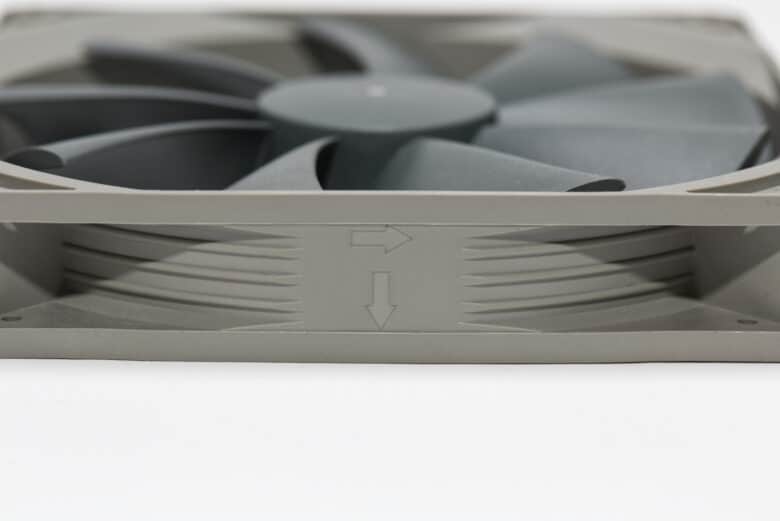
Original vs. redux
- Gray instead of brown
- Corners of redux fans compatible with Noctua accessories
Since I have the older “original” Noctua NF-P12 here, it naturally forces itself on me to compare if the redux version is somehow worse processed. And I have to say, no, the fans feel identical. Both the frame is so sturdy and the fan blades seem identical. Rough on the top and smooth on the bottom with the exact same shape.
Still, there are differences: the redux version has adjusted corners on the frame, which ensure that Noctua’s typical accessories can be attached. So if you want some color in your system, you can get the colorful Noctua NA-SAVP1 chromax corners made of silicone, which corresponds to the brown silicone corners of the standard Noctua fans, which of course also fit:
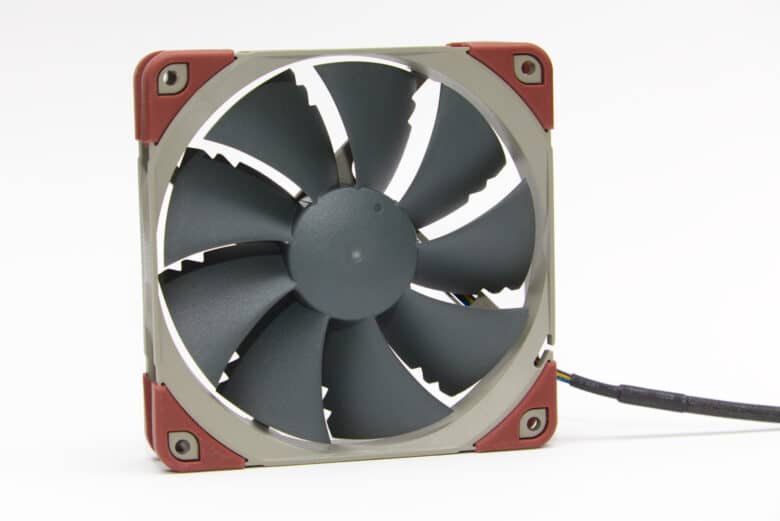
Noctua accessories
- Regular silicone corners will fit
- Other accessories, such as spacers and sealing lips, are available
Accordingly, other Noctua accessories also fit on the Noctua NF-P12 and the Noctua NF-P14s in the redux version.
For example, there are the Noctua NA-IS1 spacers, which are available in 120- and 140-mm for Noctua fans. These ensure that the fan blades in pull configurations no longer rotate directly past the front of the case or radiator, but with a bit more distance. This reduces the noise level somewhat.
Aside from that, there are also the Noctua NA-SAVG sealing lips, which ensure that the static pressure that the fans build up on a radiator cannot escape to the sides or between the fans. This seal forces the air through the radiator where it takes the heat with it.
Ultimately, this highlights the possibilities offered by the new frame design as opposed to the original variant, but practically, this Noctua NF-P test is about the pure performance of the fans as you can buy them in their original state, so let’s get back to the actual performance test.
Test Procedure
- Test as case fan, radiator fan and on air cooler
- Unified test scenarios
The fans are tested in three situations. Once as a case fan in the DeepCool CH510 Mesh Digital, once as a radiator fan on an Arctic Liquid Freezer II, and the 120mm version also on a DeepCool AK400 air cooler. In all tests, the fans are tested once each at 800 RPM (140-mm fan) or 1100 RPM (120-mm fan), once at a uniform 31 dB(A) and once at maximum power. All other fans in the system are set to uniform speeds so as not to influence the test further.
For the case fan test, one fan is placed at the bottom front of the case and one at the back. For the radiator fan test, the radiator (280 mm for two 140 mm fans or 240 mm for two 120 mm fans) is installed in the front of the Fractal Design Pop XL Air and the fans are accordingly also located in the front behind the fan grille. In the air cooler fan test, only one fan is used at a time.
The results from the Noctua NF-P test are adjusted for the room temperature and given as a delta. Thus, the room temperature does not influence the results either. The room temperature has to be added to the temperature given in the tables. If the table shows a temperature delta of 40 Kelvin and the room temperature is 21°C, the measured temperature is 61°C.
Comparison fan
- Predecessor models / successor models
- Competing fans in similar price ranges
For the comparison, I’m throwing the older Noctua NF-P12 (€ 24.90 *) into the fray, as well as the Noctua NF-F12 PWM (€ 24.90 *), which can basically be considered successors to the original NF-P12 models. The 140mm comparison models are followed by the Noctua NF-A14 PWM (€ 27.90 *). Other fans include the Arctic P12 (€ 8.63 *) and P14 (€ 17.16 *) and the be quiet! Pure Wings in 120- (€ 8.28 *) and 140-mm versions (€ 23.68 *). Also, the Corsair SP120 Elite (€ 14.90 *), which is similar in design and price.
Use as case fan
In these tests, you can directly compare the performance of the 120mm fans to the 140mm fans. Here, the same test procedure was used for all fans in the same case.
Test at uniform 1100 RPM (120 mm) and 800 RPM (140 mm)
At a quiet 31 dB(A)
Maximum case fan performance comparison
Case Fan Test Results
- Noctua NF-P are quite powerful, but not particularly quiet
It turns out that the Noctua NF-P redux fans definitely perform solidly, but get quite loud in the process relative to newer fans. The difference between them and the more expensive NF-F12 and NF-A14 is actually not that noticeable as case fans. The NF-A14s are a bit quieter than the Noctua NF-P14s redux-1500 PWM, but the NF-F12 PWM don’t offer any relevant advantage over the Noctua NF-P12 redux-1700 PWM. The be quiet! Pure Wings are quieter, but are at a disadvantage performance-wise. The Arctic P-series fans have a very noticeable volume advantage, which can make up for the efficiency disadvantage due to the higher speed. The Corsair SP120 Elite are often extremely close to the Noctua NF-P12 models in terms of performance – and at a slightly lower volume. Very clear winners do not stand out in this test.
The Noctua NF-P redux as a radiator fan
In this test, the comparability of performance between the 120mm fans and the 140mm fans is limited. This is because different radiator sizes were used, of course, and so the 280-mm radiator does offer significantly more surface area than the 240-mm radiator.
Tested at a uniform 1100 RPM (120 mm) or 800 RPM (140 mm)
At a quiet 31 dB(A)
Maximum power of radiator fans compared
Radiator Fan Test Results
- Noctua NF-P are quite strong, but not particularly quiet
The trend from the Noctua NF-P test as case fans continues in virtually identical fashion in the radiator fan test. The Noctua NF-F12s minimally extend their advantage over the NF-P models, while here the difference between the NF-A14s and the NF-P14s redux-1500 PWM becomes virtually irrelevant. Furthermore, the Arctic P14s score points for low noise, while the Noctua NF-P redux fans are consistently the loudest fans in this comparison, while performing very well.
Test of the Noctua NF-P12 redux-1700 on the air cooler
Test at a uniform 1100 RPM
At a quiet 31 dB(A)
Maximum performance of air cooler fans in comparison
Results of the air cooler fan test
- Noctua NF-P are quite strong, but not particularly quiet
Due to the design, only the 120 mm fans are used here. The trend of the previous tests continues: the difference between the original Noctua NF-P12 and the redux-1700 version is actually always in the range of the measurement tolerance, while the Corsair SP120 are in a very comparable performance range, but turn out a little quieter. Only the high-performance range looks different, with the Noctua NF-P12 redux-1700 PWM coming out on top in this test. However, also become by far the loudest fans. Again, the Arctic P12s are less efficient per revolution, but can spin much faster due to their much lower noise levels, and thus win out when it comes to quiet operation.
Conclusion
As the successors to the legendary Noctua NF-P12 and NF-P14s, the Noctua NF-P redux fans are still quite good today and deliver decent performance. And for this, they also turn out to be affordable in price. So if you are looking for a fan that offers good performance and a very safe longevity, you can definitely grab it. However, their technical age becomes apparent when viewed as a whole, and they no longer fall into the category of the absolute top models by today’s standards, especially in terms of volume. In the meantime, fans with a better price-performance-volume ratio are available. But whether these achieve the extreme longevity that Noctua have been able to demonstrate in the long time these models have been available?
I would definitely find it interesting to see a re-release of the Noctua NF-P fans (i.e. non-redux) with modern technology. Be it the smaller distance between the fan blades and the frame, the SSO2 bearing, the silicone corners or the integration of other findings.
Noctua NF-P redux
Workmanship
Features
Cooling performance
Noise level
76/100
The Noctua NF-P12 redux-1700 PWM and Noctua NF-P14s redux-1500 PWM are still strong fans with great durability at an acceptable price, but not as quiet as more modern competing models.


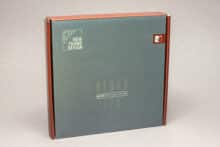
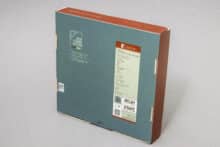
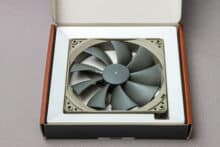
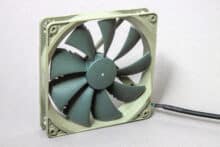
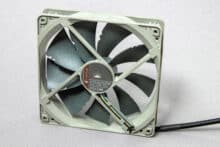
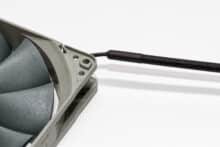
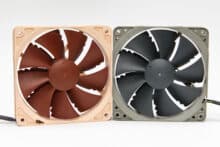
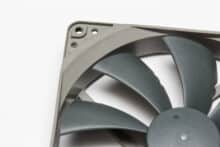
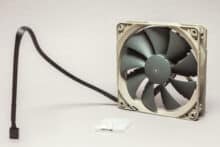
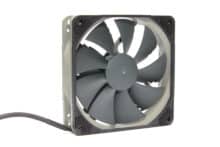
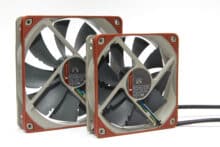
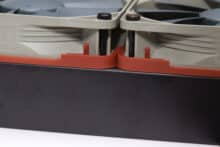
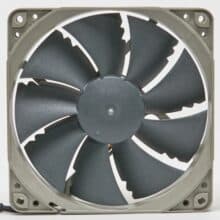
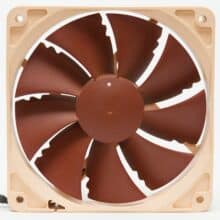
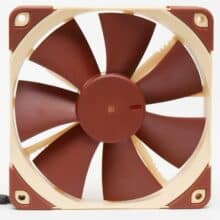
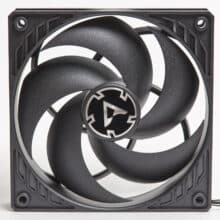
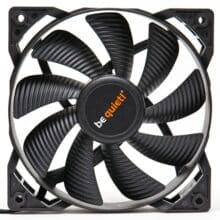
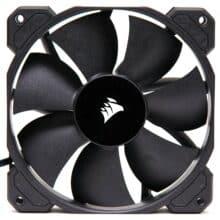
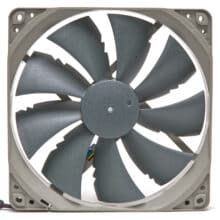
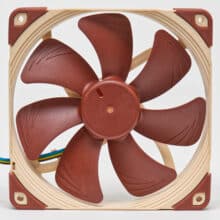
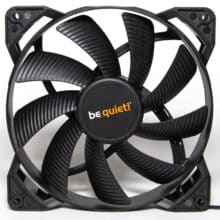

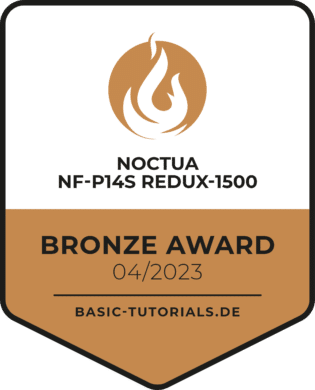

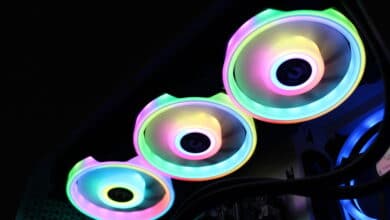

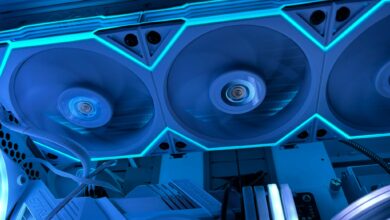
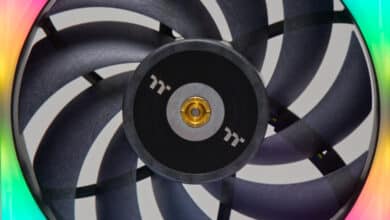
No replies yet
Neue Antworten laden...
Gehört zum Inventar
Beteilige dich an der Diskussion in der Basic Tutorials Community →